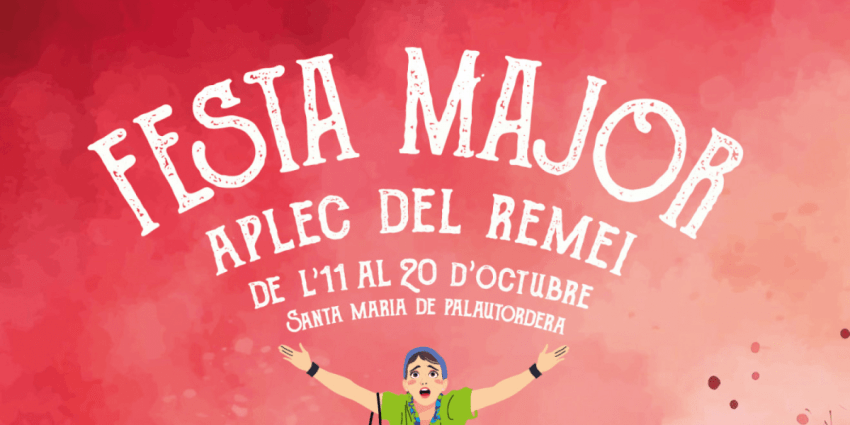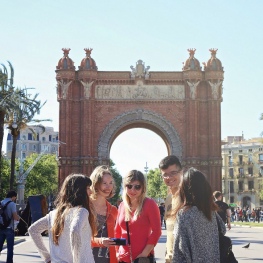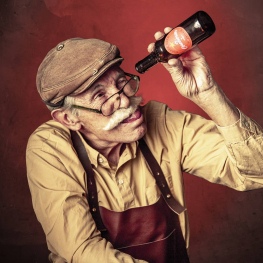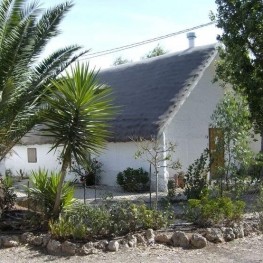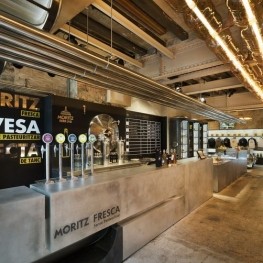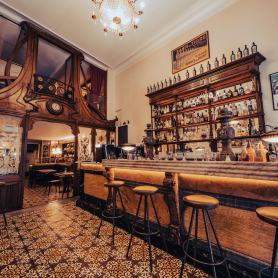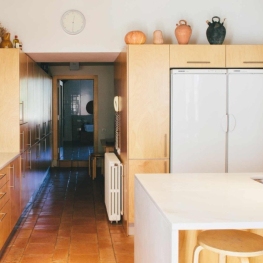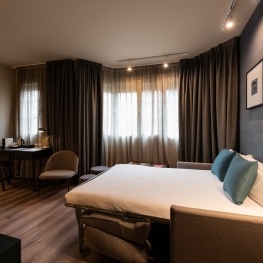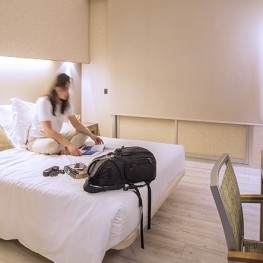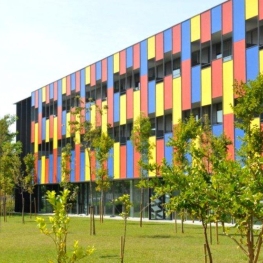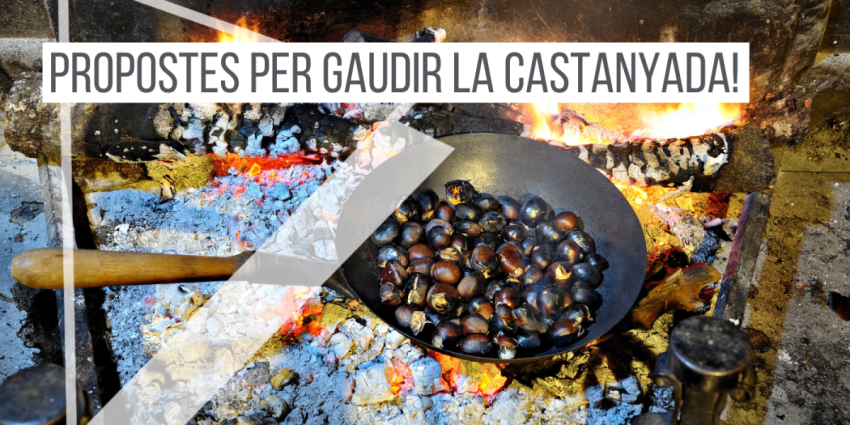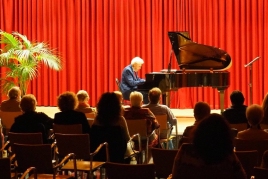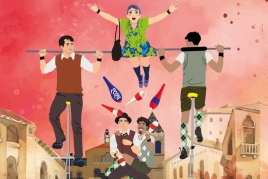The coronelas and their battalions in 1714
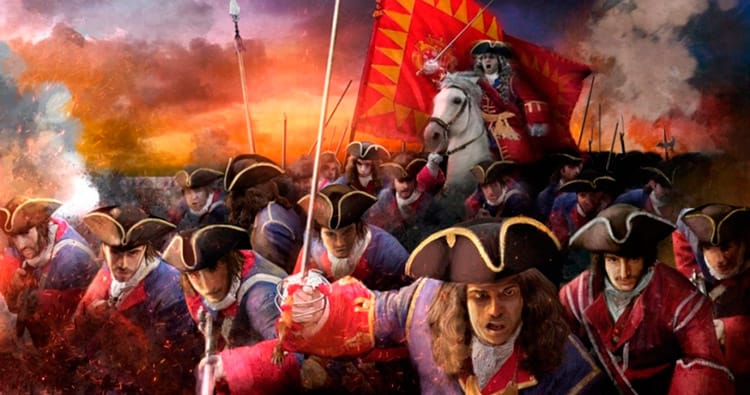
The defending army Austrian faction that fought during the War of Succession was formed by different regiments. There were some who took orders from the coronelas of cities, being the most important, the Colonel of Barcelona. Coronelas These originated in the Middle Ages but lasted until the modern age.
On this route, know the world of coronelas, namely that of Tortosa and from Barcelona and take a journey through the spaces and buildings that hosted its battalions in times of battle, discovering secret spaces that allow us to imagine the little known details of the armies and battalions during the War of Succession.
The coronelas
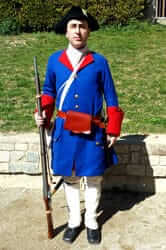 The main towns in the Principality of Catalonia had militarized urban militias formed by citizens of the various craft guilds. These militias were grouped into battalions, which in turn is governed by a colonel.
The main towns in the Principality of Catalonia had militarized urban militias formed by citizens of the various craft guilds. These militias were grouped into battalions, which in turn is governed by a colonel.
The coronelas of the most important cities are the Coronela Catalan of Barcelona to Tortosa , that of Lerida , that of Gerona and of Tarragona .
Each of these coronelas consisted of several battalions and each of these battalions received the protection of a Catholic saint who watched over all members of the battalion who were willing to enter the battlefield.
The Colonel of Tortosa
Its origin lies before the War of the Reapers, when in town were organized into guilds or frets.
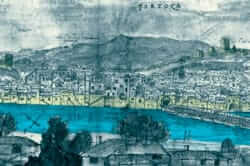 The name comes from the fret reference made in the different sections of the city wall, they were 15. Militia Each city was named Lock defending the city.
The name comes from the fret reference made in the different sections of the city wall, they were 15. Militia Each city was named Lock defending the city.
Each of these militias had a captain who was part of the urban aristocracy or Ciutadans honrats (Citizens Honored) and, later, of rural or Nobles aristocracy. Militias were formed by persons belonging to unions or guilds, boroughs or parishes. Also had a drummer and two trumpeters and each had its own militia identifying colors.
The frets defending the city of Tortosa had under their responsibility that they should protect several buildings: building economic, civil or religious, which have lasted until today, so it still can be seen today. Include the Cathedral, the Royal Colleges, the Council House, the Market and some palaces such as the Episcopal Palace and the Palace Oliver.
The Colonel of Barcelona
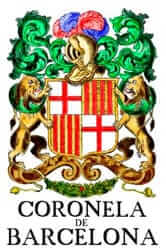 After various configuration changes and appointments throughout its history, Barcelona Coronela take final shape during the years 1706-1707. So it becomes a permanent institution dedicated to the defense of the city.
After various configuration changes and appointments throughout its history, Barcelona Coronela take final shape during the years 1706-1707. So it becomes a permanent institution dedicated to the defense of the city.
The Minister in Cap (Director) was organized and who commanded both battalions and companies, which in turn were commanded by their own captains. The battalions were formed by members of the guilds and these guilds were those who voted costs of uniforms and flags and some salaries, while the Crown paid weaponry and pay some commanders.
Members of the Colonel of Barcelona were distinguished by their high readiness, courage and discipline as a paramilitary structure and its fidelity to the motto "Invicta Coronela of Barcelona".
The battalions of Colonel
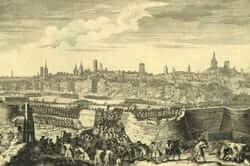 The structure and orders of the Colonel's command were changed over the years, trying to improve those aspects that did not look quite clear. This made in 1713 remain configured and set in a different plant the Colonel.
The structure and orders of the Colonel's command were changed over the years, trying to improve those aspects that did not look quite clear. This made in 1713 remain configured and set in a different plant the Colonel.
Other changes included the reduction of battalions being reduced to 6: the Holy Trinity, the Immaculate Conception, the Santa Eulalia, the Santa Madrona, San Severo and the Mother of God of Mercy.
Also it was determined the total number of companies and the number of companies we tell each battalion; the increased number of captains and military positions in each company would have remembered.
The battalion of the Holy Trinity
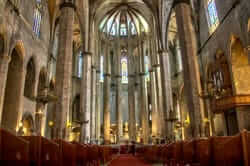 It consisted of eight companies which included the "Law Student" if only mobilized Barcelona was the victim of a siege. Their headquarters was located in the church of Santa Maria del Mar.
It consisted of eight companies which included the "Law Student" if only mobilized Barcelona was the victim of a siege. Their headquarters was located in the church of Santa Maria del Mar.
This church was built in the fourteenth century by Ramon Berenguer de Montagut and DESPUIG on the ancient church of Santa Maria de las Arenas, the tenth century seems to be built at this point because it was where the relics of St. Eulalia of Barcelona were, patron of the city.
The only Catalan Gothic church finished, although the towers were built in the nineteenth century and has undergone several reforms due to damage suffered throughout its history with a fire and an earthquake is considered.
The battalion of the Immaculate Conception of Mary Immaculate and Blessed
Also known as the Battalion of the Immaculate Conception, had headquarters in the church of Santa Clara and was made up of 9 companies.
The Convent of Santa Clara was destroyed after the defeat of Barcelona by Philip V. The conditions in which it was and the idea of building the Ciutadella Park right in the area where he was, made the few remaining is eliminated remaining.
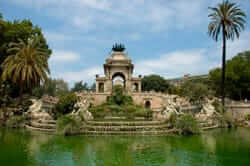 It was considered the first convent of the Poor Clares in the Iberian Peninsula, as the legend says it was built in the early thirteenth century.
It was considered the first convent of the Poor Clares in the Iberian Peninsula, as the legend says it was built in the early thirteenth century.
There are references to the monastery of La Ribera indicating that the convent was built on an ancient chapel dedicated to St. Anthony and near the gate of St. Daniel of the city of Barcelona .
After the siege of Barcelona in 1714, it was decided to demolish the monastery and the remains of its buildings were shared by different parts of the city. Currently we can find them in the Palau Reial Major (Marès Museum, History Museum and Hall Tinell Barcelona).
The battalion of Santa Eulalia Barcelonesa
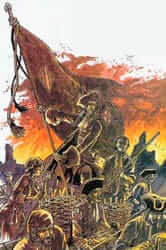 This battalion was comprised of seven companies and headquarters was located at the Church of San Pedro.
This battalion was comprised of seven companies and headquarters was located at the Church of San Pedro.
The construction of this church dates back to the tenth century, when located outside the walls stood. With the construction of the new walls of the hands of Jaume I, the church is inside and attached to the bulwark of the same name.
Construction of the monastery, today only the church, although considered first community of Benedictine nuns in the town still exists, now in the monastery that was built in Sarria is preserved.
The architecture of the church of Sant Pere de Puel · les has been modified over the years and has survived wars. However, two reliefs, the belfry and the Birds are still preserved. Besides, much of the cloister is in the MNAC (National Art Museum of Catalonia).
The battalion of Santa Madrona
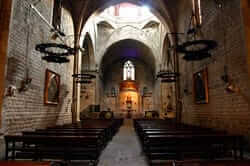 It consisted of seven companies and had headquarters in the church of Santa Ana
It consisted of seven companies and had headquarters in the church of Santa Ana
The church of Santa Ana was built in the mid-twelfth century, although its constructio lasted until the fifteenth century. This makes it both Romanesque and Gothic elements.
Dea holds the Romanesque building structure (the shape of a cross, the barrel vault and the square apse) and the Baroque period is the vault of the nave and the dome was rebuilt after the Spanish Civil War.
In 1881 it was declared a Cultural Asset of National Interest.
The Battalion of San Severo
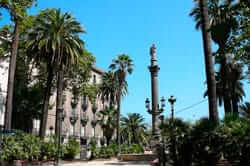 His headquarters located at the Church of St. Francis of Assisi and was made up of 9 companies, only one of which was mobilized if the city was besieged. It was the company's "Students of Medicine, Philosophy and Theology."
His headquarters located at the Church of St. Francis of Assisi and was made up of 9 companies, only one of which was mobilized if the city was besieged. It was the company's "Students of Medicine, Philosophy and Theology."
The convent of San Francisco was also known by the name of the convent of Framenors.'s Gothic church had two cloisters that were sunk in the nineteenth century, after the confiscation, and instead apartment buildings and the square were built Duke of Medinaceli, just off Paseo de Colón.
Its construction began in the mid-thirteenth century and lasted until the mid-XIV, with the cloisters.
The battalion of the Virgen de la Merced
This battalion was composed of 8 companies and had headquarters in the convent of Santa Monica, near the Rambla.
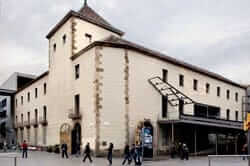 In the place where it is located had built a church, which in the early seventeenth century said. What also happened once finished the Spanish Civil War and more recently.
In the place where it is located had built a church, which in the early seventeenth century said. What also happened once finished the Spanish Civil War and more recently.
Its construction lines are very classic and what stands out is the inner cloister. Similarly, in the outer space of the facade facing the Rambla, find a platform that serves as a balcony to admire your surroundings with superb views.
In 1984 it was declared a historic-artistic monument of national interest and, currently, this convent has become the Centre d'Art Santa Monica city of Barcelona , which serves as an exhibition of the Generalitat de Catalunya.
You may also be interested in: September 11, the Catalan National Day 2026 | Commemorates the events of 1714
What to do
Gymkana Digital Turística
BarcelonaTourist and cultural routes in a gymkhana format. Completely free and without…
Gimcanes GeoCats
BarcelonaDiscover Barcelona through GeoCats in the most comfortable and fun way possible!…
Enigmik Escape Room
Barcelona (a 2.9 Km)Enjoy an escape room designed for groups of 2 to 6 people.…
Where to eat
L’Estany - Casa de Fusta
Amposta (a 21.2 Km)A restaurant serving regional cuisine, with a wide selection of the ancestral…
Fàbrica Moritz Barcelona
Barcelona (a 1.3 Km)The Moritz Factory Barcelona is a unique space, divided into three floors,…
Restaurant Windsor
Barcelona (a 2.2 Km)The Windsor restaurant, located in Barcelona, is a benchmark of contemporary Catalan…
Bar Muy Buenas
BarcelonaFew words better define Muy Buenas than "coherence." Purely modernist decor, restored…
Where to sleep
Ca l'Andreu Ecoturisme
Tiana (a 14.3 Km)Spending a few days in an authentic 15th century farmhouse is priceless.…
Atenea Rekord Suites
Barcelona (a 3.5 Km)The Atenea Rekord Suites Barcelona is a boutique hotel with 15 modern…
Aparthotel Silver
Barcelona (a 3.1 Km)Aparthotel Silver is one of the recommended establishments in Barcelona. It offers…
Alberg Centre Esplai, Fundesplai
El Prat de Llobregat (a 11 Km)Discover the Centro Esplai hostel, in the municipality of El Prat de…

